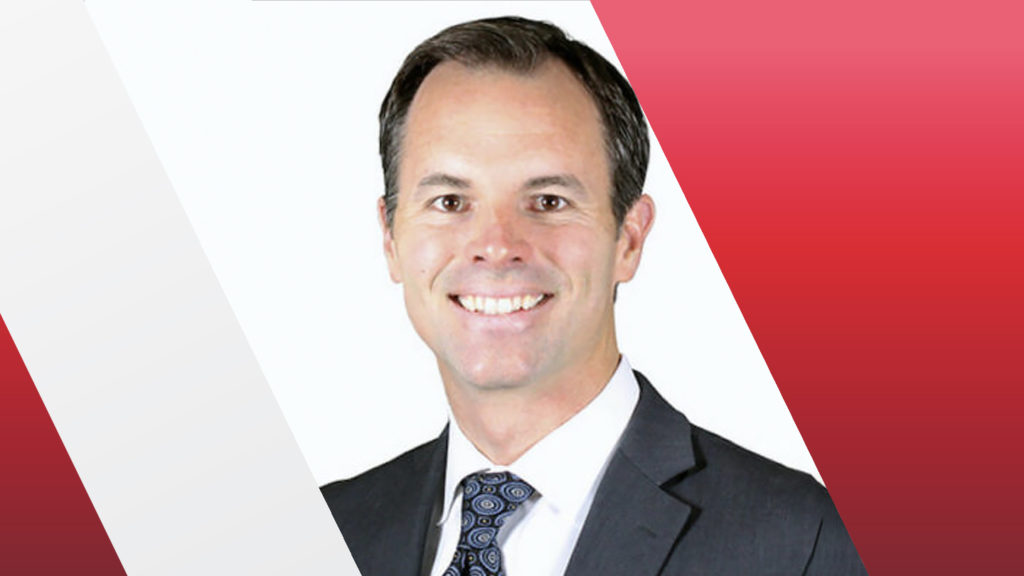
With the pandemic and labor challenges exposing a “few cracks in the foundation” involving long-term care, CareTrust REIT is taking advantage of a sellers’ market and expanding into a new asset class.
President and CEO Dave Sedgwick framed 2022 as a pivotal year in the San Clemente, CA-based real estate investment trust’s history as it takes measures to deal with chronically worrisome senior living and skilled nursing properties and reinforce its foundation in those industries. At the same time, the company is branching out into the behavioral health business.
During a fourth-quarter 2021 earnings call Thursday, Sedgwick said the REIT will reduce the risk in its portfolio by selling, finding new tenants for or repurposing up to 32 senior living and skilled nursing facilities, representing 10% of contractual rent. The company’s entry into the behavioral health market, he added, most likely will involve repurposing some of those communities.
“We do not intend to play the defer-and-hope game with operators and properties that have been on our watchlist since before the pandemic,” Sedgwick said. “Rather, we intend to take advantage of the sellers’ market, redeploy any proceeds in new investments underwritten for today’s realities, and use this time to upgrade the risk profile of our growing portfolio.”
Although Provider Relief Fund monies were helpful in mitigating pandemic challenges for most of CareTrust’s tenants, the latest Phase 4 disbursement “has provided insufficient runway for a few operators to successfully make the soft landing we have been hoping for,” Sedgwick said, resulting in the collection of only 93% of contractual cash rent in January. Some operators, he said, are “hitting the wall,” facing strong competition for growth and unsuccessfully navigating changes in the regulatory environment due to the pandemic.
“We see an opportunity now to reinforce the foundation of this platform for the long term,” Sedgwick said in a press release. “As we look forward, not just to next quarter but to the coming years and what we expect to be significant growth opportunities ahead, COVID has exposed a few cracks in the foundation for which relief funds no longer suffice, and that we want to remediate while they are still relatively small.”
Behavioral health investment
Many distressed assisted living communities and nursing homes are going on the market and could be repurposed for behavioral health, making for an “interesting way to grow new investments,” Sedgwick said.
“We are cautiously optimistic about the opportunity to redevelop and repurpose assets into addiction recovery properties, which we believe would be a higher and better use for some of our real estate,” Sedgwick said, adding that behavioral health facilities command higher rents and operate at better lease coverage than seniors living communities. “Repurposing some of our properties would give us the entry point into behavioral health we’ve been looking for and give our team a powerful new asset management tool as we constantly evaluate ways to strengthen the overall portfolio.”
Although some deals are expected to close as soon as this summer, repurposing buildings to accommodate behavioral health could take 12 to 18 months depending on the operator and licensing process, CareTrust said.
The REIT went through a similar spring cleaning of its portfolio at the end of 2019, which Sedgwick said enabled CareTrust to collect 100% of rents for the past two years. He said the company felt good about the state of the portfolio entering the pandemic, due to that work three years ago.
The immunity the REIT had to COVID-19, however, waned as the delta and omicron variants hit and the labor situation deteriorated, he said. Some properties on the REIT’s watchlist now pose a risk of default in the future, prompting the company to take proactive steps, Sedgwick said.
“We’re trying to take care of the cracks in the foundation we can see out in the future,” he said, adding that he expects to sell a majority of the 32 at-risk facilities.




